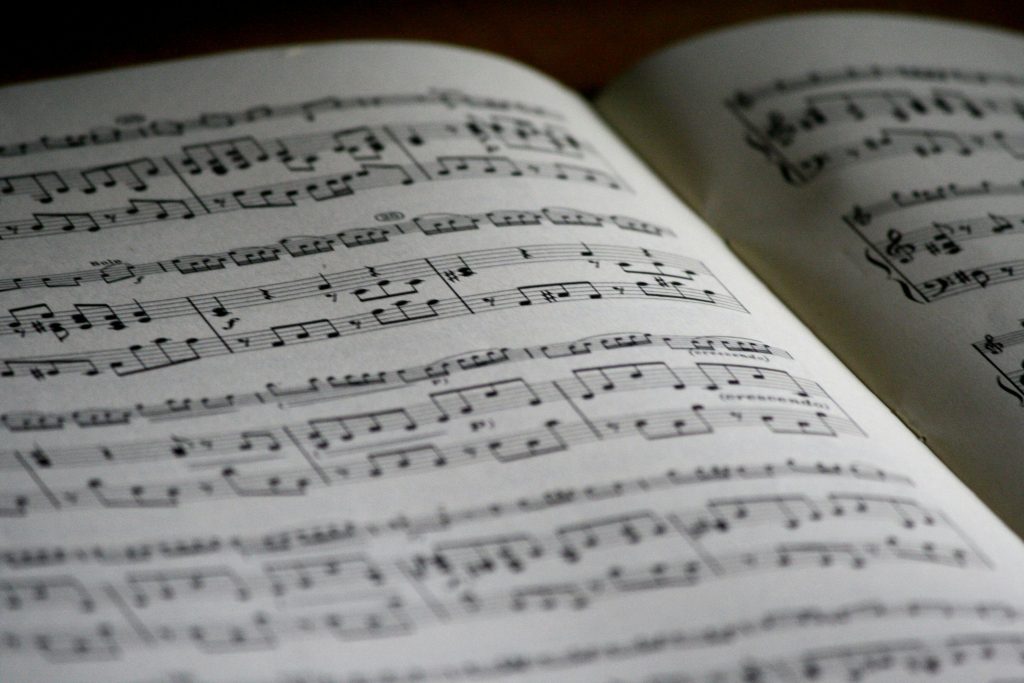The Best Strategies for Promoting Diversity and Inclusion in Music Education Programs
The Best Strategies for Promoting Diversity and Inclusion in Music Education Programs
Music is an art and a healing tool accessible to all of us. Everyone should be able to contribute to the creative process of crafting a vibrant tapestry woven from diverse sounds and perspectives. Is it possible to create a music education program that welcomes and celebrates everyone’s unique musical voice and fosters a love of music for all? We believe it is and will explore some possible strategies on how to do it effectively in this article.
The first thing to mention is the necessity for educators to continuously learn about cultural competency, implicit bias, and microaggressions. Without a doubt, some top music schools in the US focus on the diversity issue and hold master classes and lectures dedicated to this topic. Educators can attend workshops and conferences on diversity and inclusion in music education to learn about new approaches. It is also possible to consult experts in the field to get support and crucial resources. Here are some more useful strategies for educators to create an inclusive environment.
Inclusive Classroom Environment
Teachers are responsible for setting clear expectations and establishing ground rules that value respect, empathy, and understanding of diverse perspectives. There should be a clear communication of key values and moral principles. Educators should avoid stereotypes and generalizations and use inclusive language. An effective strategy would be to choose a language that acknowledges and celebrates differences.
Creating opportunities for students of different backgrounds to learn and create together is crucial. As an educator, you need a clear algorithm of actions to bring this view to reality. For instance, you can organize events that showcase cultural traditions and musical styles from different corners of the world. Educating students about various cultural differences in terms of music will help them broaden their views and create unique and breakthrough sounds.
The process of assessment also plays a crucial role when talking about inclusivity. As a teacher, you can move beyond traditional Western-centric evaluation methods. Consider alternative assessment practices that value diverse musical styles and expressions, recognizing the strengths and skills students bring from their cultural backgrounds.
Diverse Repertoire
It’s crucial to represent different periods, regions, and styles. Educators can include music from various cultures, eras, and genres to help students expand their music literacy skills in a variety of formats. It is also a good idea to incorporate student input. Music teachers can encourage students to share music from their backgrounds and interests. Expanding the variety of music genres studied and performed can attract more students to the music classroom.
Encouraging students to explore their unique musical identities and express themselves authentically is a good place to start as well. Teachers can create opportunities for students to share their musical traditions, instruments, and compositions. Offer opportunities to learn and play instruments from diverse cultures alongside traditional Western instruments. This strategy can broaden students’ musical horizons and appreciation for different sounds and practices. On top of that, you can increase the number of student-led projects, performances, and discussions to celebrate their musical uniqueness and backgrounds.
Critically examining historical narratives surrounding different musical traditions and composers will help educators communicate objective views. It might be useful to acknowledge the contributions of marginalized musicians and challenge inaccurate or biased representations. Doing so emphasizes the unifying power of music across cultures. A music program can highlight shared musical elements and connections between diverse traditions, fostering understanding and appreciating the world’s interconnectedness through music.
Beyond the Classroom
The more vibrant a music program is, the better. Recruit and retain diverse educators from various backgrounds to join your program. Each of them has a unique perspective that adds a unique spice to the exquisite dish you are preparing for students. It is possible to engage the community and collaborate with local musicians, organizations, and cultural centers. This approach helps educators enrich their curriculum and connect with talented locals.
Every educational institution should ensure its music programs are accessible to students with different learning styles and needs. As an educator, you can speak out against discriminatory practices and promote equal access to music education for all. Advocate for systemic change beyond the classroom. Lobby for increased funding for diversity and inclusion initiatives in music education, support diversity scholarships for students and educators, and encourage inclusive hiring practices within music institutions.
It’s also important to regularly evaluate and adapt your practices to better serve your students. Be a role model of inclusivity and respect for diversity in your words and actions. For instance, you can review audition criteria and selection processes to avoid unintentional bias. Consider blind auditions, diverse selection panels, and alternative measures of musicality beyond traditional Western frameworks. Every little aspect of music education matters when it comes to inclusivity. Pay close attention to every detail to ensure every student is heard and appreciated.
Photo Credit: Pixabay from Pexels
